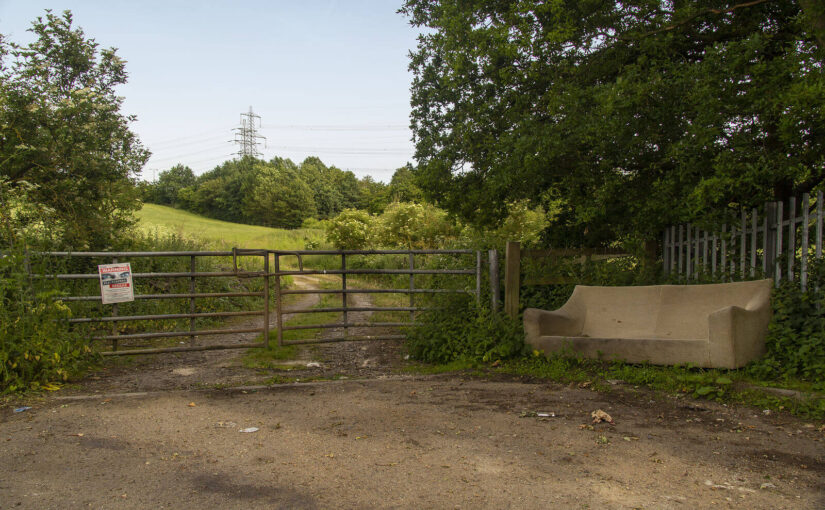Fly-tipping is more than just a nuisance. For businesses, disposing of other people’s fly-tipped waste can be costly and inconvenient.
Illegally dumped waste dodges eco-friendly waste disposal rules such as recycling as much as possible, too, which is bad news for the environment — especially when the waste includes hazardous materials like hydraulic fluids and paint.
In this article, we’ll look in detail at the origins of this unwelcome practice, the impact on victims and the environment, and some of the solutions to reduce fly-tipping in the future.
Continue reading Everything you need to know about fly-tipping




